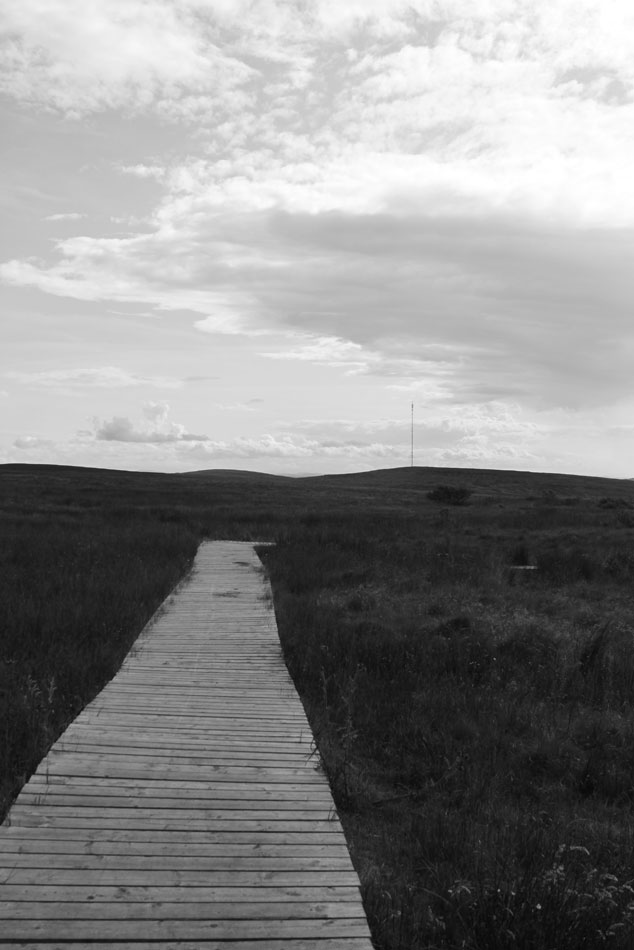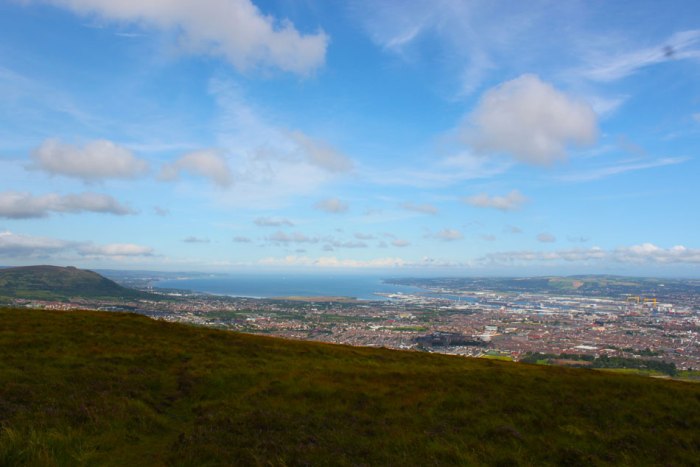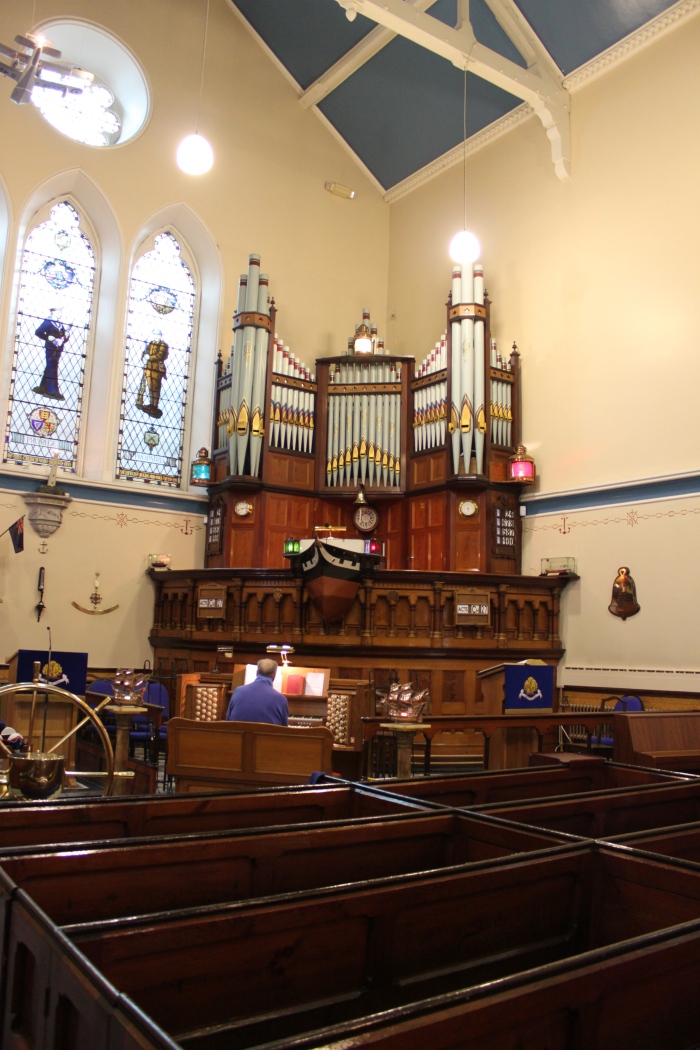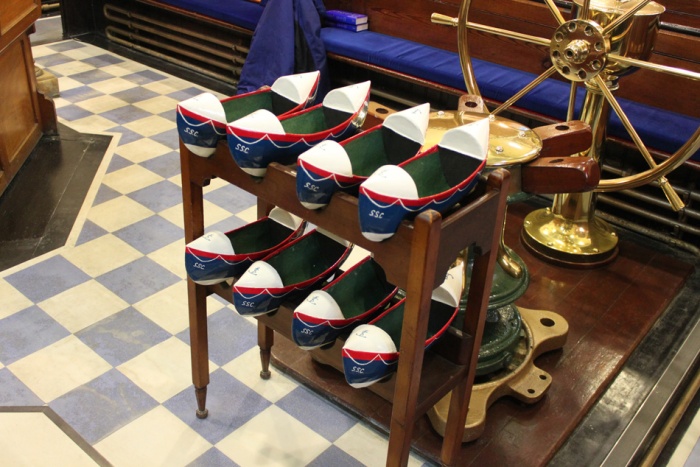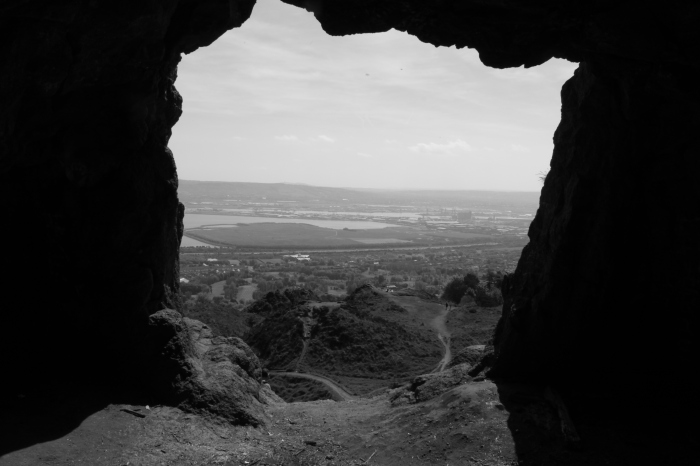The Linenhall Library was one of the first places I discovered in Belfast. However, I’ve been reluctant to write about it until now, for fear of not doing it justice, because it really is a wonderful treasure, and it’s right in the heart of Belfast City.
The library was originally located in the White Linen Hall which occupied the site of the present day City Hall, hence the name. Also, its present location, on Donegall Square, was itself the site of a linen warehouse. The library has had its ups and downs over the years, and was almost shut down definitively in 1980, just over 200 years after its establishment as the Belfast Society for the Promoting of Knowledge. However, it seems to be thriving today, and modern concessions such as wifi, a café and an extension have not marred the unique character of the place.
Strolling in from Donegall Square, you pass under the petrified drapes of the entrance, and across the tesellated floor spelling out the institution’s name. Then, a staircase sweeps you up into the heart of the place. The members area, with its comfy seats and green-glass gooseneck reading lamps, beckons from the corner as you ascend a second staircase, leaving the bustle of the streets below even further behind. Here, the sense of stepping back in time is even greater – from the windows on this floor you cannot see the Boots, Mace, Halifax, First Trust, Marks & Spencers, etc. that brand the banks of the city’s thoroughfares with cladding and logos. Seated in your wooden chair, on the slightly leaning floor, all you see are the upper stories: the copper cupolas of City Hall, the stopped clock of the Scottish Provident building and a canopy of trees. Nothing seems to have changed over the centuries.
The Linen Hall is a place to research, to study, to relax, to have a coffee and, judging from some of the visitors, to have a snooze. It’s primarily a place to think, and there’s nowhere quite like it.
The Linen Hall Library is open Monday to Friday: 9.30am – 5.30pm and Saturday: 9.30am – 4.00pm.
Find out more on http://www.linenhall.com
Thanks to staff for allowing me to take photos.

